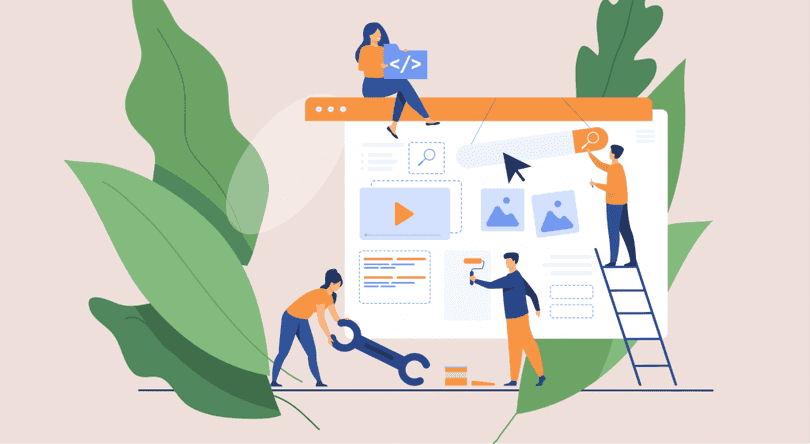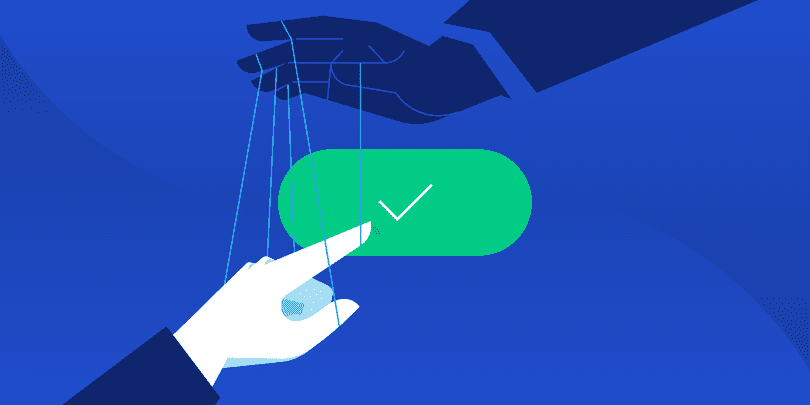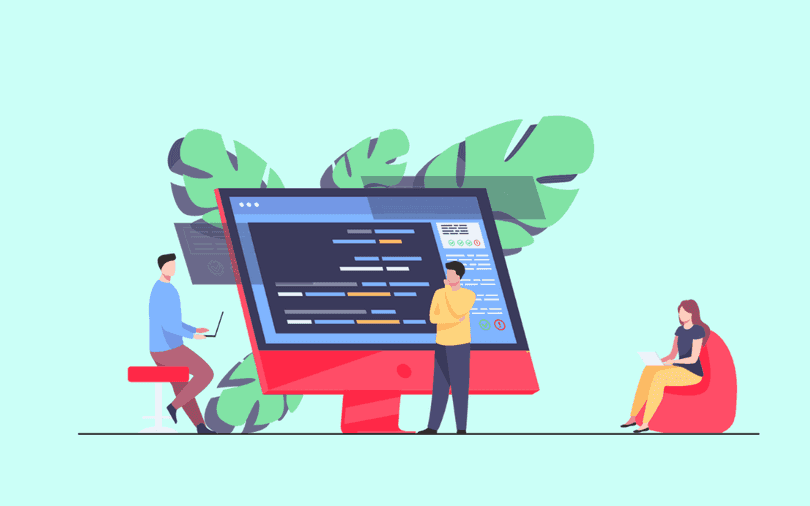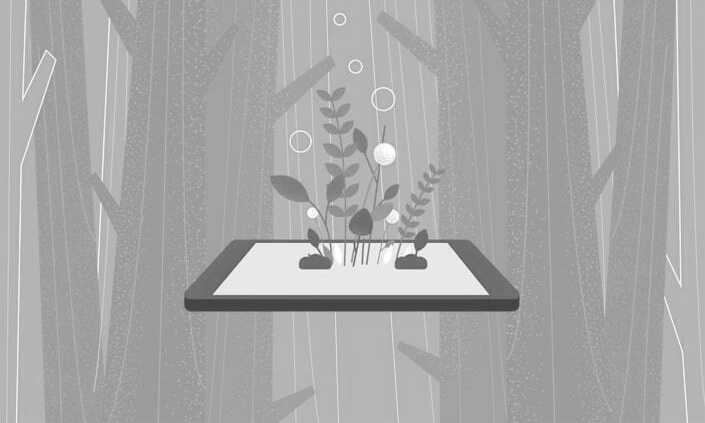Sustainable design, building a more sustainable and virtuous web
What does sustainable digital design really mean? The terms Sustainable Digital, eco-design and sustainable design are now part of the semantic universe of GreenIT. What these terms mean in terms of action, however, is far from implicit! Understanding what sustainable design means means being able to apply it, offering organizations the opportunity to align their commitments with concrete measures. Contribute to a more virtuous web by creating digital services that are secure, sustainable, accessible... and efficient: that's the promise of sustainable design!

Ecodesign of digital projects
Digital eco-design is a central concept in Sustainable Digital, as it is one of the main levers to be activated to actively begin the transition to digital decarbonization. It involves taking into account the entire lifecycle of a digital service, and therefore thinking in a systemic way. The aim? To ensure that the digital service is necessary in the first place, ai has the longest possible lifespan, can have a minimal impact in the phases with the greatest environmental impact, and reduces the consumption of resources by IT equipment, networks and data centers, and anticipates the impact of human activities associated with the project.
This approach is not limited to the reduction of greenhouse gas emissions, but also covers other environmental aspects, such as the consumption of natural resources, the management of electronic waste and the impact on biodiversity. Companies can take advantage of the RGESN (Référentiel Général d'écoconception des services numériques) to grasp the subject and apply it to their digital projects. Many major groups have already embarked on eco-design projects for their new digital services, because they have seen the benefits: digital sobriety also means improved user experience, reduced costs and improved performance. Doing less means reducing production and maintainability costs, and gaining in speed and agility.
Inclusion and digital accessibility
Sustainable design means thinking not only in terms of sustainability, but also in terms of inclusivity. Digital inclusion means ensuring equitable access to online services for all publics, especially people with visual impairments, who are illiterate or suffer from a digital divide. The creation of an accessible digital service can be achieved by following a reference framework that also serves as a self-assessment tool: the Référentiel Général d'Accessibilité pour les Administrations (RGAA).
By complying with accessibility standards and integrating simplified functionalities, website designers can not only make the user experience more effective, but also address a wider audience and avoid losing some of their prospects.

Protecting user data and digital privacy
As part of virtuous design, user data protection and digital privacy occupy a crucial place. Ensuring the security of individuals' personal information is not only a legal obligation, but also a necessity for companies that depend on the trust of their customers. Regulations such as the European Union's General Data Protection Regulation (GDPR) have heightened organizations' responsibility for data processing, encouraging them to secure their digital services and respect users' right to data privacy.

Fight against Dark patterns
Dark patterns, as a reminder, are deceptive design tactics used in digital interfaces to influence user behavior in ways that may be contrary to their interests or preferences. They can take the form of pre-checked default boxes, hard-to-reject cookie acceptance buttons, or other subtle persuasion mechanisms designed to induce users to make decisions they don't necessarily want to make. By eliminating these dark patterns and promoting transparent design that respects users' choices, as well as reinforcing the integrity of digital services, you'll build trust and loyalty in your brand and services.
Open Data and knowledge sharing
Open data, i.e. making digital data available to others, corresponds to the values intrinsic to sustainable design. It promotes transparency by enabling open access to data, but also inclusion by offering the opportunity to freely reuse the tools made available. From a performance point of view, open data favors reproducibility, the pooling of resources, the reduction of operational costs, and simplifies the management of intellectual property in a context involving several players. In this respect, open data is one of the levers that can potentially be activated to contribute to a more efficient and sustainable digital environment.

The need for alignment
More than a virtuous practice, sustainable design offers companies an opportunity to align their values with concrete actions, demonstrating their commitment to social and environmental responsibility. By integrating Sustainable Design into the founding principles of their IT Departments, companies not only position themselves as proactive players for a Sustainable Digital World, but also build the trust of customers and stakeholders increasingly concerned by these issues. What's more, Sustainable Design also makes it possible to meet European regulatory requirements, and aligns with national efforts in favor of Sustainable Digital. Sustainable Digital Design enables companies to reconcile performance, sustainability and social and environmental responsibility.
\
A performance opportunity
Opting for more sustainable design also means responding to the challenges of reduced energy expenditure, inflation and resource scarcity. The sobriety advocated by this type of design encourages design that goes beyond simplicity, also aiming for better quality, greater efficiency, and optimization of the user experience. This means restricting drift factors in revenue development and tracking, saving resources by focusing on the essentials to achieve your goals faster.
In the face of the threats facing businesses today, such as inflation and climate risks, sustainable design can help you move towards a more sustainable model. This can start with the use of a digital footprint assessment tool, such as fruggr, which enables you to steer your decarbonization by recommending several levers for action, including sustainable design.
Resources
- MOOC dedicated to Sustainable Numerics from the Institut du Numérique Responsable and ADEME.
- Cnil's General Data Protection Regulation (RGPD)
- The General Repository for the Improvement of Accessibility (RGAA)
- Best practices in sustainable digital design from Temesis
Our resources on this subject :
- RGESN, an essential eco-design tool
- Digital ethics: where do we stand?
- How can you promote eco-design in your digital projects?
- Digital accessibility: RGAA vs WCAG
- The impact of digital technology: what the REEN law says
- The guide to dark pattern-free design by ethical designers (out Oct. 3)
